 1,389
1,389
Dale’s last ride » 1979 Yamaha TZ750
Tucked away in a dusty, climate-controlled warehouse in north Georgia is the last motorcycle Dale Singleton ever raced: his 1979 “F” model Yamaha TZ750. It is the bike Dale rode after his 1979 and 1981 Daytona 200 championships on similar TZ750’s and before his transition to four wheels in 1982.
Yamaha’s TZ750 was a revolutionary bike, and Dale was a revolutionary competitor. Dale was known for his ability to play to the crowd, and often out-shined competitors with his quick wit, playful personality, and immaculately decorated bike, helmet, and racing leathers. Dale knew how to energize fans and excite them to the sport. In the spotlight, Dale was only upstaged by his team mascot, Elmer the Pig, which reporters and fans adored.
But his public image didn’t happen by chance; it was thoughtfully planned and managed as a means to pay for his team as a privateer. He was more than just a character. Lets face it, fans don’t love you as much if you loose a lot of races. As a privateer, success on the track meant success in the garage as well, and Dale knew bike setup as well as his best mechanics. He knew the tracks and had perfected the lines, the braking and the throttling with millisecond precision. He also knew the other riders, and was known to follow others to watch their habits and look for weaknesses. Then exploit their weaknesses in the final laps.
This TZ750 reflects a career of maturity in all the challenges of professional motorcycle racing: a mastery of riding that puts you out front, technical superiority that keeps you running in peak performance, and energized fans that buy the products that pay the sponsors to keep it all going. Excel in one area and not in another and let another falter and you’ll never make it. Dale understood this before anyone else did. This TZ750 reflects the desire in all of us to do more, be more, and achieve greatness. And in 2014, this bike will be coming out of that dusty warehouse in north Georgia to inspire the world once again.
Yamaha’s TZ750 is arguably one of the most influential bikes to the modern superbike. The first launch of this bike in 1974 challenged every aspect of the race team agenda: the hard rubber tires of the day were shredded, suspension horribly inadequate and unstable, brakes that could barely pull the reigns, and riders came off the track pale-faced and trembling. It was a 2-stroke monster; tedious and frustrating to set-up, horrible to control, and terrifying to ride.
The power of the bike, which was somewhere between 120 and 140 bhp, challenged race teams to question nearly aspect of their race machines. Teams experimented with modifications and tweaks in engine setup, suspension, exhaust tuning, tire design, brake design,… Even the (tube) frame and swing arm were called into question. Despite the frustrations and fears, riders were blasting down the track with better and better performance.
The result was a massive technological evolution in motorcycle racing development. So massive in fact that the TZ750 was responsible for an incredible 9 consecutive wins at Daytona, two of which were Dale’s. You either rode a TZ750 and wrangled with its problems, or you weren’t serious about bike racing.
The Technicals
The 1974 initial release was essentially two of Yamaha’s 350cc (347cc) race engines stuck together to make the four cyclinder 694cc two stroke. It was called a “750” to compete with the Suzuki and Kawasaki 750cc bikes of the time. The next year, Yamaha increased the size to the full 745cc’s worthy of the name.
The stock bike was somewhere around 120 bhp and 345lbs. With modifications, it was estimated that some bikes were reaching 140bhp between 10,000 and 11,000 RPM. These are impressive numbers even by today’s standards, but at the time, this was the most power and torque seen on any motorcycle.
The TZ750 was the first road-racing bike to feature reed-valve induction, which was intended to flatten the power band. As for the suspension, early models had dual-spring suspension, but later models featured the first center monoshocks.
This particular TZ750 varies from Dale’s racing configuration in two key ways: the pipes and brakes are the original OEM parts that came with the bike from Yamaha. Replacing the pipes and brakes were two “upgrades” that were common at the time.
Get ready, auction block
It has been estimated that around 600 TZ750’s were produced by Yamaha between 1974 and 1979. Later research indicated that somewhere around 800 were produced (1). This was bike available through any authorized Yamaha dealer, if you could afford it. This made privateers, such as Dale Singleton, able to compete with bigger factory teams.
Many of these bikes didn’t survive the rigors of the circuit and ended up in the hay bails. Those that did survive are very rarely pried from the clutches of their owners.
This bike is one exception. “Its doing no good for this thing to sit here and collect dust when it could be out there for people to enjoy” says Spencer Singleton, Dale’s younger brother and current owner of the bike. It has not been disclosed when or where the bike will go up for sale, but best estimates are sometime in late 2014.
Story and images by Adam Broughton

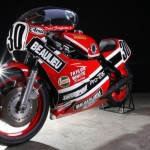
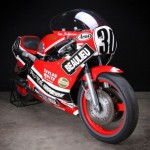
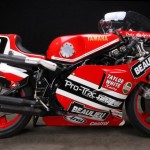
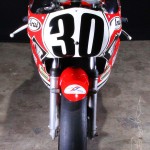
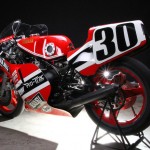
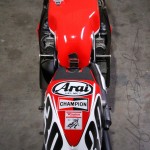
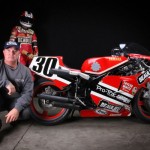


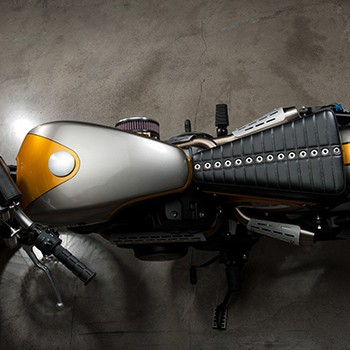

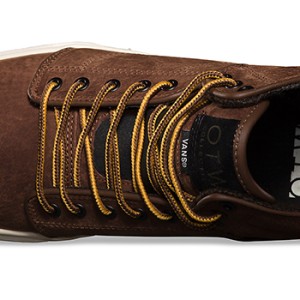
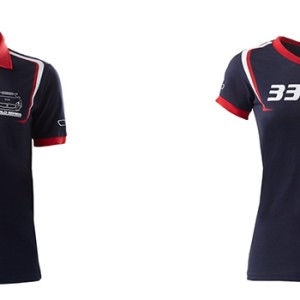











DON'T BE SHY, LEAVE A COMMENT!